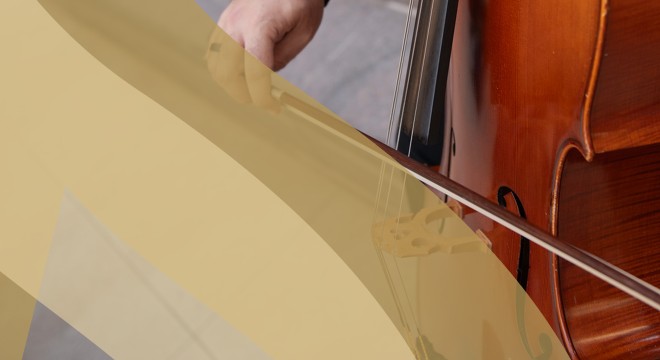Libby Larsen, born 1950
Deep Summer Music, premiered 1982 by the Minnesota Orchestra
Duration: 8 minutes
Libby Larsen describes the mood of Deep Summer Music as follows: “Panorama and horizon are part of the natural culture of the plains states…In the deep summer, winds create wave after wave of harvest ripeness which, when beheld by the human eye, creates a kind of emotional peace and awe: a feeling of abundance combined with the knowledge that this abundance is only as bountiful as nature will allow.”
The elegiac mood of the piece begins immediately, and continues with interesting orchestration using both the vibraphone and the marimba. There are large portions which sound like an homage to Aaron Copland, with a trumpet passage recalling A Quiet City (last performed by RS in 2024), flute solos reminiscent of Appalachian Spring (RS will perform in January 2026), and parallel fifths. The piece ends quietly, capturing the feeling of the end of a day.
Libby Larsen is a proliferative composer, with over 500 published works. She writes in all genres including operas, symphonies, and choral music. She has won a Grammy and was the founder, along with the late Stephen Paulus, of what is now the American Composers Forum. She earned her bachelors, masters, and doctoral degrees from the University of Minnesota and has several honorary doctoral degrees. She states that her scholarship continues from her curiosity: “The other way I really learn is by reading scores voraciously, from Chuck Berry to Witold Lutosławski.”
Program notes by Andrew Good










